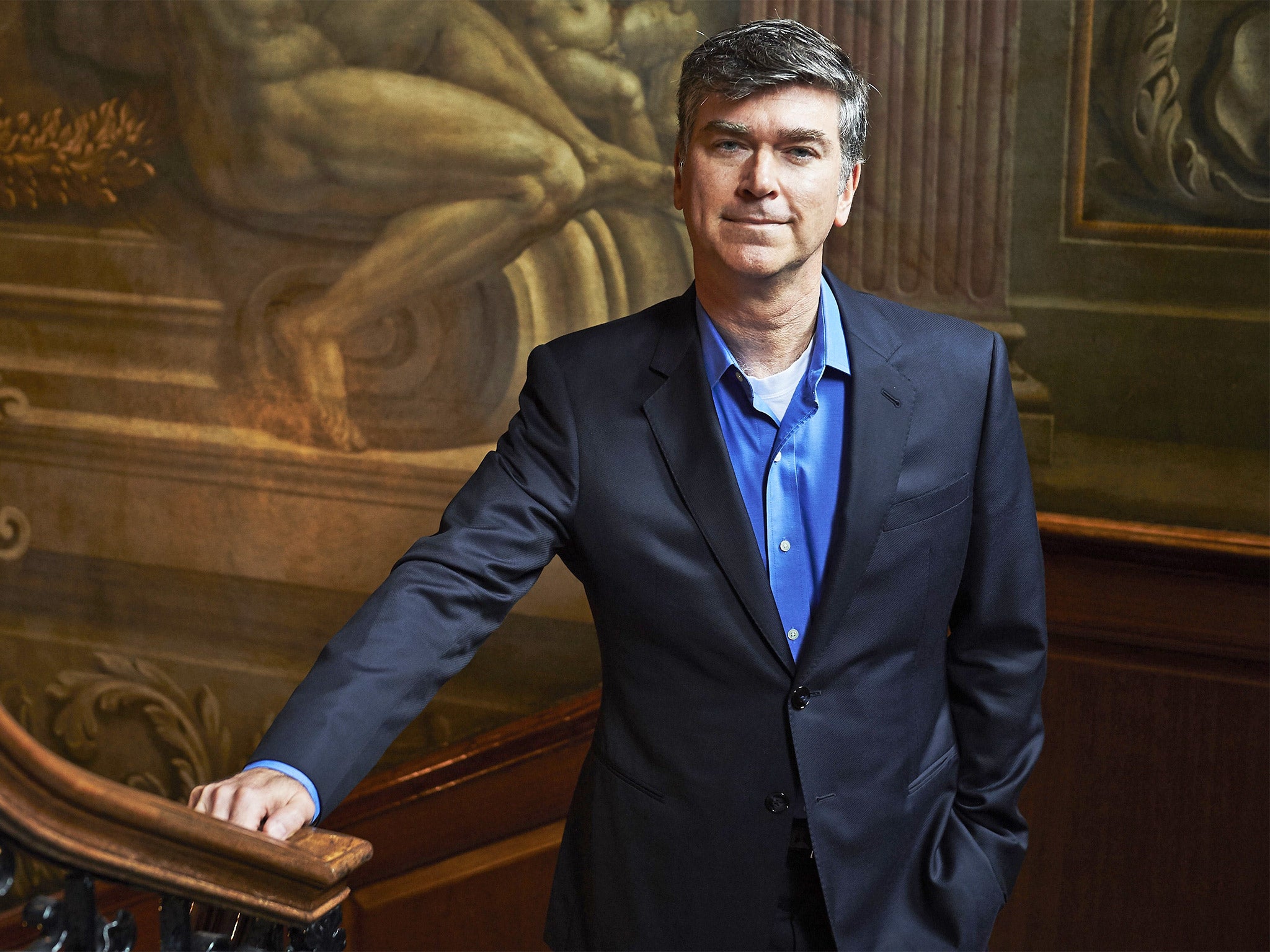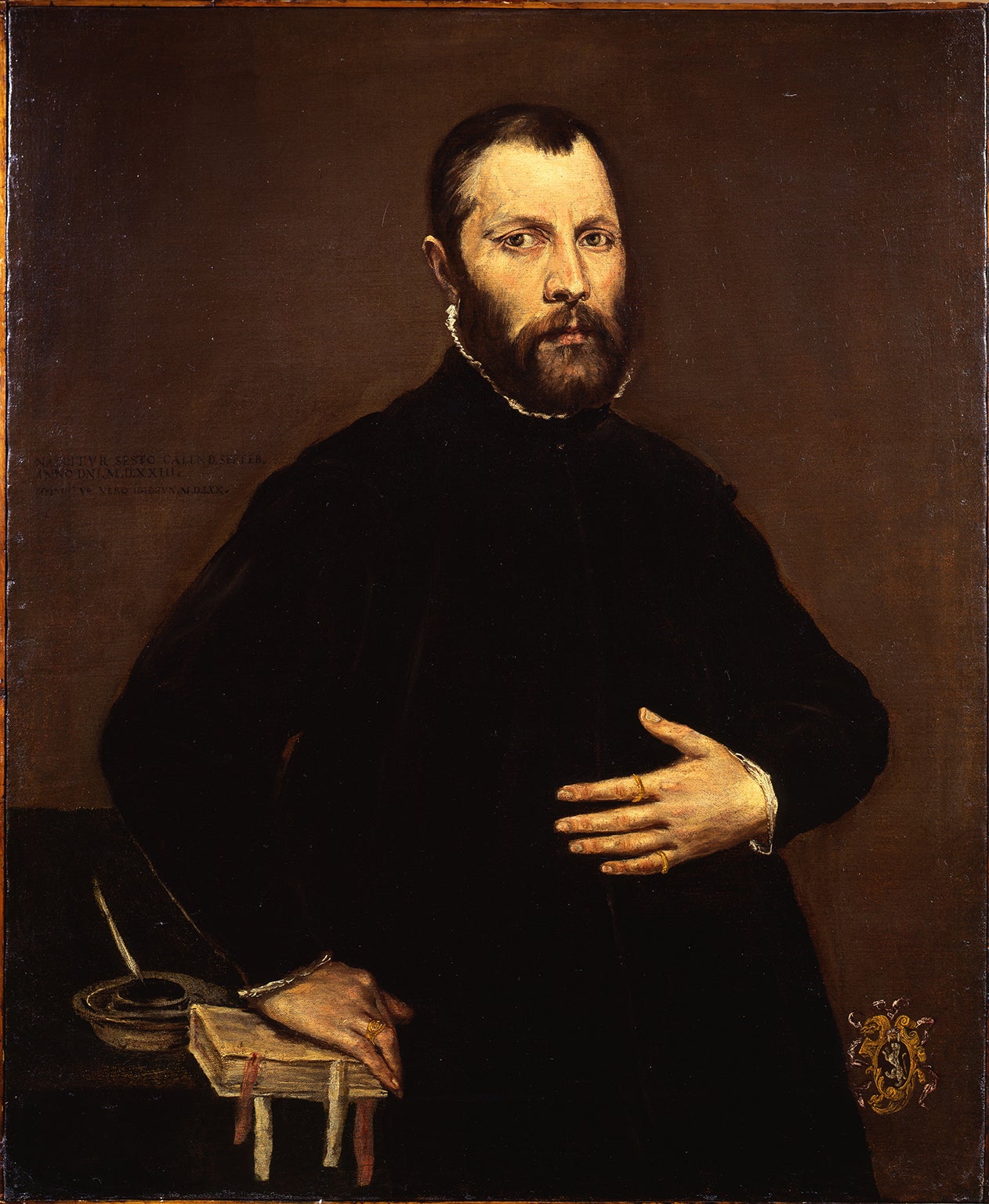Stolen art tracking companies ALR and ARG embroiled in 'bizarre' legal row
Art Recovery Group accuses Art Loss Register of 'breaching competition law' after long dominating the sector

Your support helps us to tell the story
From reproductive rights to climate change to Big Tech, The Independent is on the ground when the story is developing. Whether it's investigating the financials of Elon Musk's pro-Trump PAC or producing our latest documentary, 'The A Word', which shines a light on the American women fighting for reproductive rights, we know how important it is to parse out the facts from the messaging.
At such a critical moment in US history, we need reporters on the ground. Your donation allows us to keep sending journalists to speak to both sides of the story.
The Independent is trusted by Americans across the entire political spectrum. And unlike many other quality news outlets, we choose not to lock Americans out of our reporting and analysis with paywalls. We believe quality journalism should be available to everyone, paid for by those who can afford it.
Your support makes all the difference.The art world is no stranger to great rivalries: Leonardo da Vinci against Michelangelo, Picasso versus Matisse, Van Gogh falling out with Gauguin.
To that list, add the Art Loss Register (ALR) and the Art Recovery Group (ARG) – two companies tasked with tracking paintings, sculptures and antiquities that have been stolen or looted, whose “bizarre” battle could end up before the monopolies watchdog or even in court.
The ALR has compiled a database of missing works for a quarter of a century – allowing dealers and auction houses to carry out checks – with little in the way of competition.
That changed in 2013 when Chris Marinello, who had been ALR's general counsel for seven years, left and founded the ARG.
Now, in a letter to the UK’s Competition and Markets Authority, Mr Marinello’s company has accused its rival of “implementing a persistent, pervasive and systematic plan to eliminate ARG from the market”.
Claiming “breaches of competition law” in the letter published by the Art Newspaper, he points out that ALR has long dominated the sector.
Mr Marinello said: “We won’t be bullied by anyone especially for introducing much-needed innovation to due diligence for the art market. We firmly believe that competition will bring clarity, not confusion. The art market would not be well served with only one auction house or just one art gallery, so why shouldn’t consumers be offered a choice in due diligence providers?”
James Ratcliffe, director of recoveries at the ALR, said yesterday it was difficult to respond fully as they had not yet seen the letter. “I don’t think we will see it either, as we have not done anything that is abusive behaviour or anti-competitive,” he said.

“We are trying to do the best we can as a business but we are certainly not bullying him or his company. I think it’s bizarre he’s gone to the Competition and Markets Authority,” Mr Ratcliffe added.
Among the works ALR helped find was the 18th-century Pastoral Tapestry by the famous French manufacturer Aubusson, 32 years after it went missing.
Mr Ratcliffe said there had been no call within the market for a rival system since it was established in 1991, adding: “The Art Loss Register created the concept. There is no one in the market saying competition would be a good thing, it would be like saying competition to the Land Registry is a good thing.”
ARG launched its database last year and has already helped uncover two works looted by the Nazis from Jewish owners: Matisse’s Femme Assise and El Greco’s Portrait of a Gentleman.
The UK competition authority said it would consider ARG’s complaint.
The two companies have already locked horns after ALR launched a civil case against ARG in the High Court last summer, accusing it of being unlawfully established and run. ARG counter-claimed and lawyers remain in talks to settle the dispute.
Join our commenting forum
Join thought-provoking conversations, follow other Independent readers and see their replies
Comments